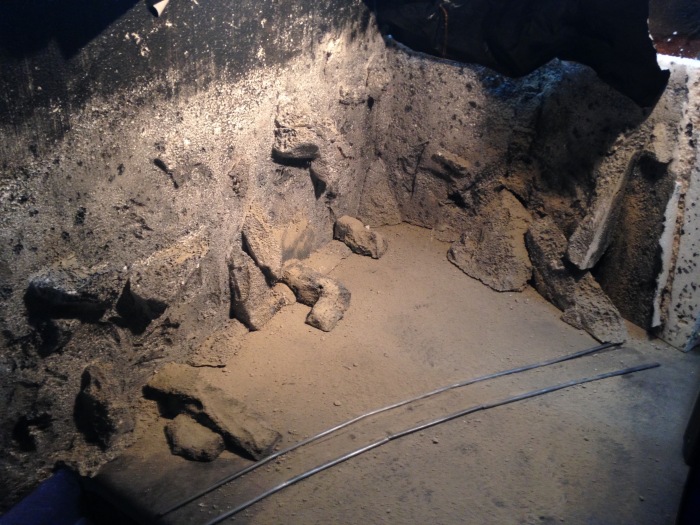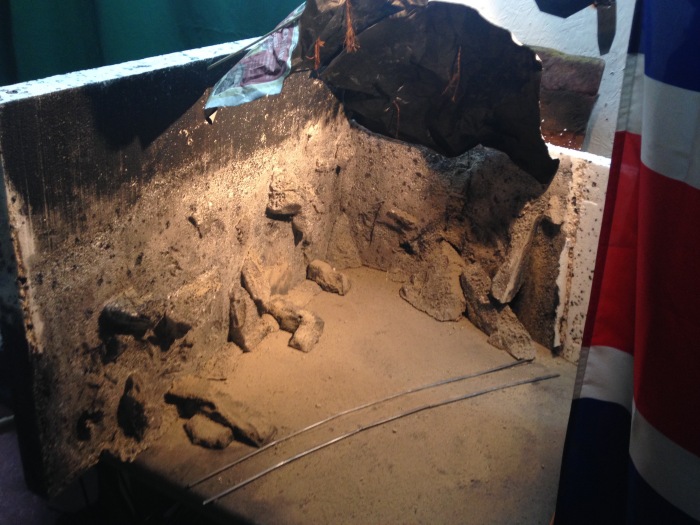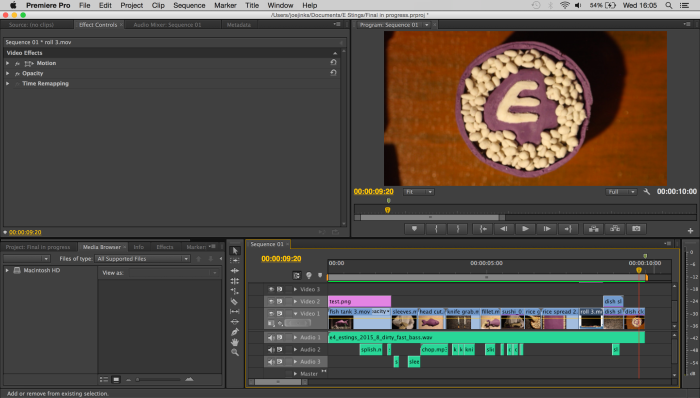This is the end result of my third ‘Final Major Project’ and I have mixed feelings about it. I am very disappointed in myself that I did not get more of it finished, if not completed but considering the limitations, I am happy with what I achieved. It may be a case of trying to run before I can walk but taking into account the length of the song, the complexity of the storyboard, the inadequate puppets and the amount of time that I had to complete it all, on my own, as well as two other animation projects, I can look at what I have and be happy with it.
Whilst the project didn’t go particularly well, it has been very useful for me. It’s given me a chance to explore the medium in a way that I never had before but has also made me realise that I don’t need to aim big to be successful, at least for the moment; I believe my time would be better spent on developing my skills on smaller projects where I can experiment and learn. One of the main lessons I’ve learned is on character design and that I should consider functionality – how the puppet will move and interact with things, something that will become even more important if I continue to create inhuman creatures.
No matter what the outcome of this project, I know that I have learned from it. If nothing else, it has been legitimate practice and I feel that my animation skills have improved.
















 To make it as economical as possible, much of the detail is interchangeable so that I can recycle and reuse the same backdrop without it appearing so. The majority of the set is made from polystyrene which was painted to look like rock but for added detail, I used cement to give it a realistic, earthy dust which I really feel sells the idea of it being a cave.
To make it as economical as possible, much of the detail is interchangeable so that I can recycle and reuse the same backdrop without it appearing so. The majority of the set is made from polystyrene which was painted to look like rock but for added detail, I used cement to give it a realistic, earthy dust which I really feel sells the idea of it being a cave. There was a definite learning curve when constructing the puppets; they were by far the most complex that I had ever made but after only a few unsuccessful attempts, I came to a conclusion that I was happy with and was able to repeat.
There was a definite learning curve when constructing the puppets; they were by far the most complex that I had ever made but after only a few unsuccessful attempts, I came to a conclusion that I was happy with and was able to repeat.